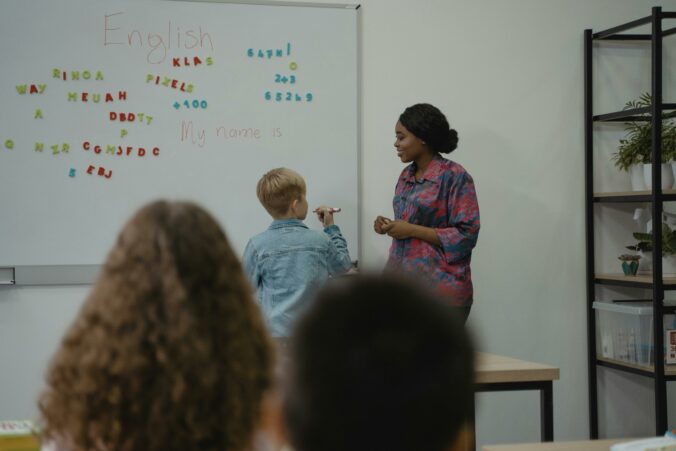Hi Chad,
When describing UDL, it would have been easier to read if you incorporate the three principles using a list.
I agree that course design is integral to incorporating accessibility. In UDL, one of the key applications in education is using different media. So, definitely a course has to integrate media effectively and smoothly.
Regarding equity concerns, technology is definitely a barrier to some students. Technology can be expensive. So, the financial costs should be taken into account when incorporating it to education.
Your personal experience shows that UDL can be an effective way to encourage student participation. There are some cases in class where the course design does not encourage participation. UDL can provide a solution to that problem.



